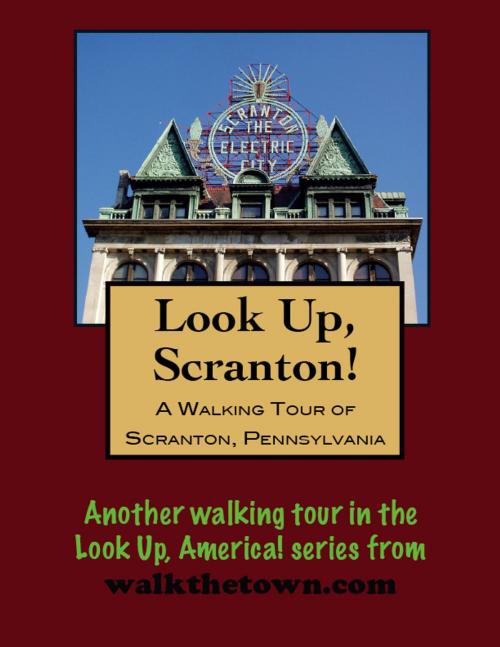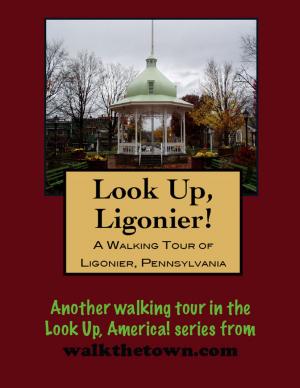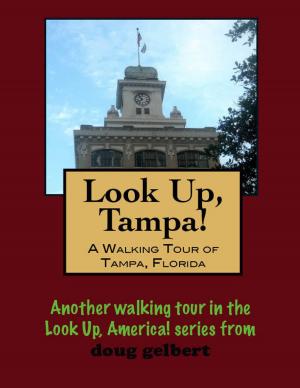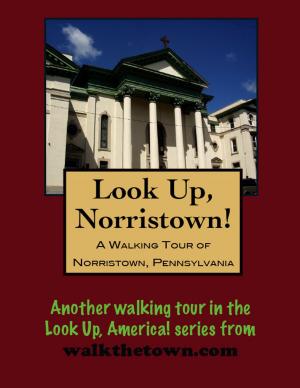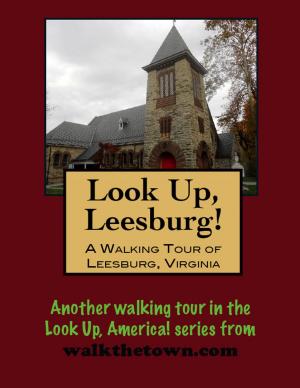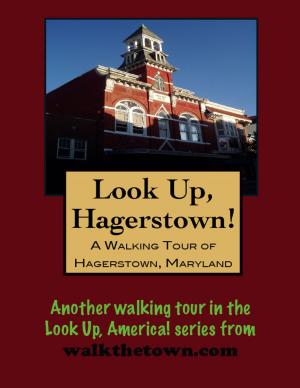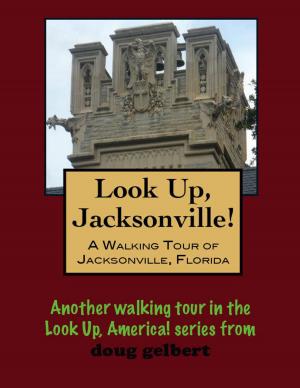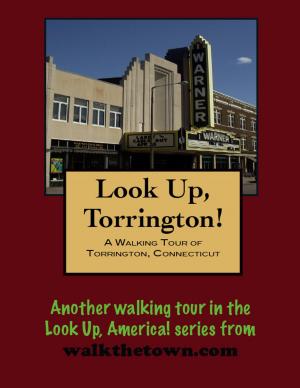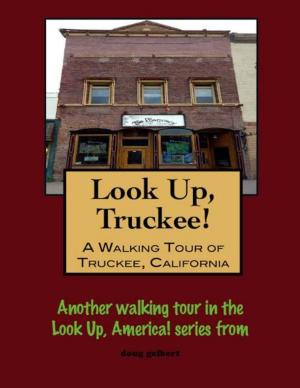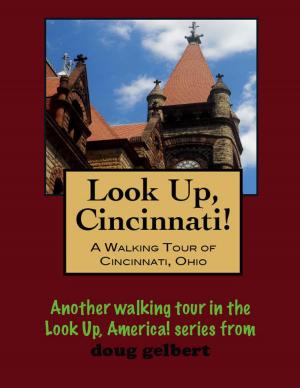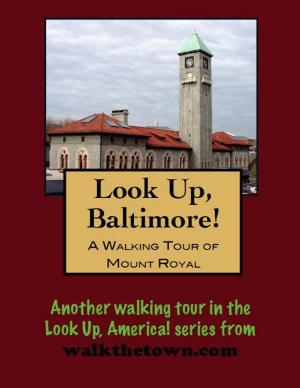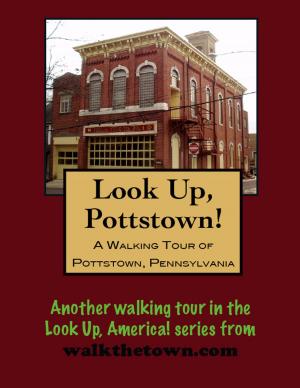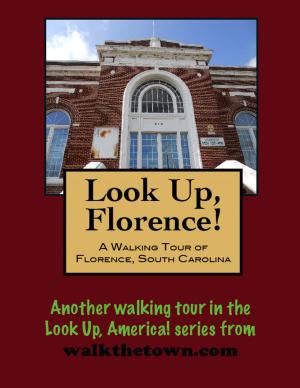| Author: | Doug Gelbert | ISBN: | 9781458199157 |
| Publisher: | Doug Gelbert | Publication: | February 11, 2011 |
| Imprint: | Smashwords Edition | Language: | English |
| Author: | Doug Gelbert |
| ISBN: | 9781458199157 |
| Publisher: | Doug Gelbert |
| Publication: | February 11, 2011 |
| Imprint: | Smashwords Edition |
| Language: | English |
There is no better way to see America than on foot. And there is no better way to appreciate what you are looking at than with a walking tour. Whether you are preparing for a road trip or just out to look at your own town in a new way, a downloadable walking tour is ready to explore when you are.
Each walking tour describes historical and architectural landmarks and provides pictures to help out when those pesky street addresses are missing. Every tour also includes a quick primer on identifying architectural styles seen on American streets.
The first European settlers in Scranton were the Abbott brothers, who founded a gristmill here in 1786. In 1800 the Slocum brothers took the mill over and began a charcoal furnace for iron manufacturing. A post office opened in 1811 and the delivery address was Slocum Hollow.
It was still an area of de-centralized small businesses and modest communities in 1842 when William Henry, a native of Nazareth who had been operating a blast furnace in New Jersey, arrived with his son-in-law, Seldon T. Scranton. William Henry was a geologist and surveyor. He had previously visited the area and had discovered deposits of iron ore in the hills surrounding the Roaring Brook and Lackawanna River. Soon, Seldon’s brother, George W. Scranton, arrived from Connecticut; the Slocum property was purchased, and funds were secured from a number of venture capitalists for the construction of the Lackawanna Furnace. By 1846, the Lackawanna Furnace and Rolling Mills Company was producing nails for market.
Still more Scrantons began arriving. This time it was cousin Joseph, who was a successful Georgia merchant. The next year year, a U.S. Post Office was established in the town then called “Scrantonia” after the Scranton family. Also, during this time period the coal boom was in full swing and the first wave of immigrants from England, Wales, Ireland, and Germany was beginning to settle in the region.
Scranton, then part of Luzerne County, continued to grow until it surpassed the county seat, Wilkes-Barre in population and importance. Residents had long agitated for their own county; Brandford and Susquehanna counties had seceded from Luzerne with little contest. But losing Scranton - and its rich industrial taxbase - was a different matter. When a new State constitution in 1874 allowed voters of a proposed breakaway county to decide their fate, citizens of Lackawanna County voted nearly 6 to 1 in favor of creating Pennsylvania’s last county, ending a nearly 40-year struggle.
The growing importance of anthracite (hard) coal earned Scranton the nickname “Anthracite Capital of the World” and kept the city humming through the early 1900s. The declining demand for coal after World War II forced Scranton, earlier than other industrial centers, to endeavor to find ways to diversify its economy. Its Scranton Plan, a revitalization plan devised in 1945, has been used as a model for other cities in decline.
Our walking tour of the downtown area will encounter splashes of that rebirth while exploring the core of one of America’s great mid-size cities of the industrial age...
There is no better way to see America than on foot. And there is no better way to appreciate what you are looking at than with a walking tour. Whether you are preparing for a road trip or just out to look at your own town in a new way, a downloadable walking tour is ready to explore when you are.
Each walking tour describes historical and architectural landmarks and provides pictures to help out when those pesky street addresses are missing. Every tour also includes a quick primer on identifying architectural styles seen on American streets.
The first European settlers in Scranton were the Abbott brothers, who founded a gristmill here in 1786. In 1800 the Slocum brothers took the mill over and began a charcoal furnace for iron manufacturing. A post office opened in 1811 and the delivery address was Slocum Hollow.
It was still an area of de-centralized small businesses and modest communities in 1842 when William Henry, a native of Nazareth who had been operating a blast furnace in New Jersey, arrived with his son-in-law, Seldon T. Scranton. William Henry was a geologist and surveyor. He had previously visited the area and had discovered deposits of iron ore in the hills surrounding the Roaring Brook and Lackawanna River. Soon, Seldon’s brother, George W. Scranton, arrived from Connecticut; the Slocum property was purchased, and funds were secured from a number of venture capitalists for the construction of the Lackawanna Furnace. By 1846, the Lackawanna Furnace and Rolling Mills Company was producing nails for market.
Still more Scrantons began arriving. This time it was cousin Joseph, who was a successful Georgia merchant. The next year year, a U.S. Post Office was established in the town then called “Scrantonia” after the Scranton family. Also, during this time period the coal boom was in full swing and the first wave of immigrants from England, Wales, Ireland, and Germany was beginning to settle in the region.
Scranton, then part of Luzerne County, continued to grow until it surpassed the county seat, Wilkes-Barre in population and importance. Residents had long agitated for their own county; Brandford and Susquehanna counties had seceded from Luzerne with little contest. But losing Scranton - and its rich industrial taxbase - was a different matter. When a new State constitution in 1874 allowed voters of a proposed breakaway county to decide their fate, citizens of Lackawanna County voted nearly 6 to 1 in favor of creating Pennsylvania’s last county, ending a nearly 40-year struggle.
The growing importance of anthracite (hard) coal earned Scranton the nickname “Anthracite Capital of the World” and kept the city humming through the early 1900s. The declining demand for coal after World War II forced Scranton, earlier than other industrial centers, to endeavor to find ways to diversify its economy. Its Scranton Plan, a revitalization plan devised in 1945, has been used as a model for other cities in decline.
Our walking tour of the downtown area will encounter splashes of that rebirth while exploring the core of one of America’s great mid-size cities of the industrial age...
